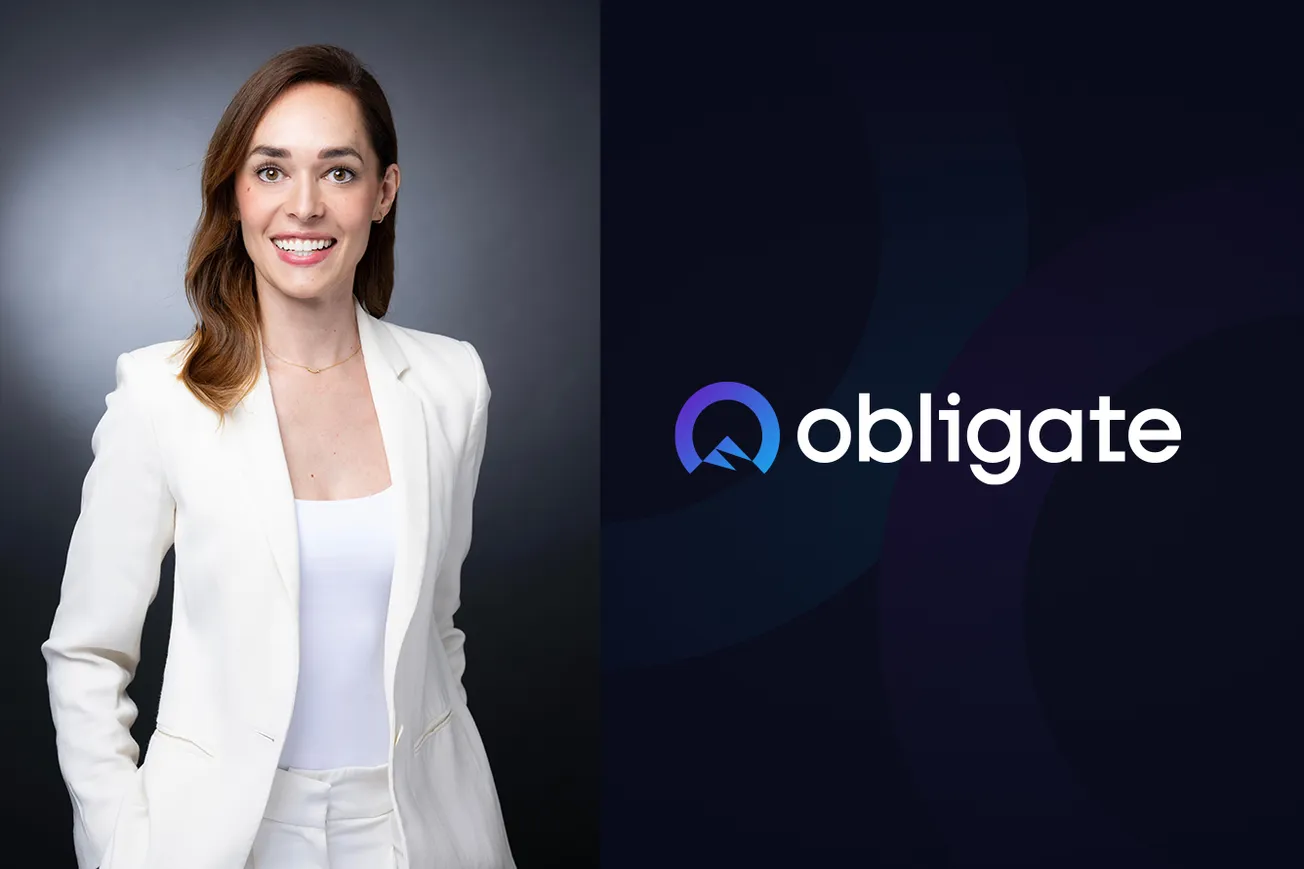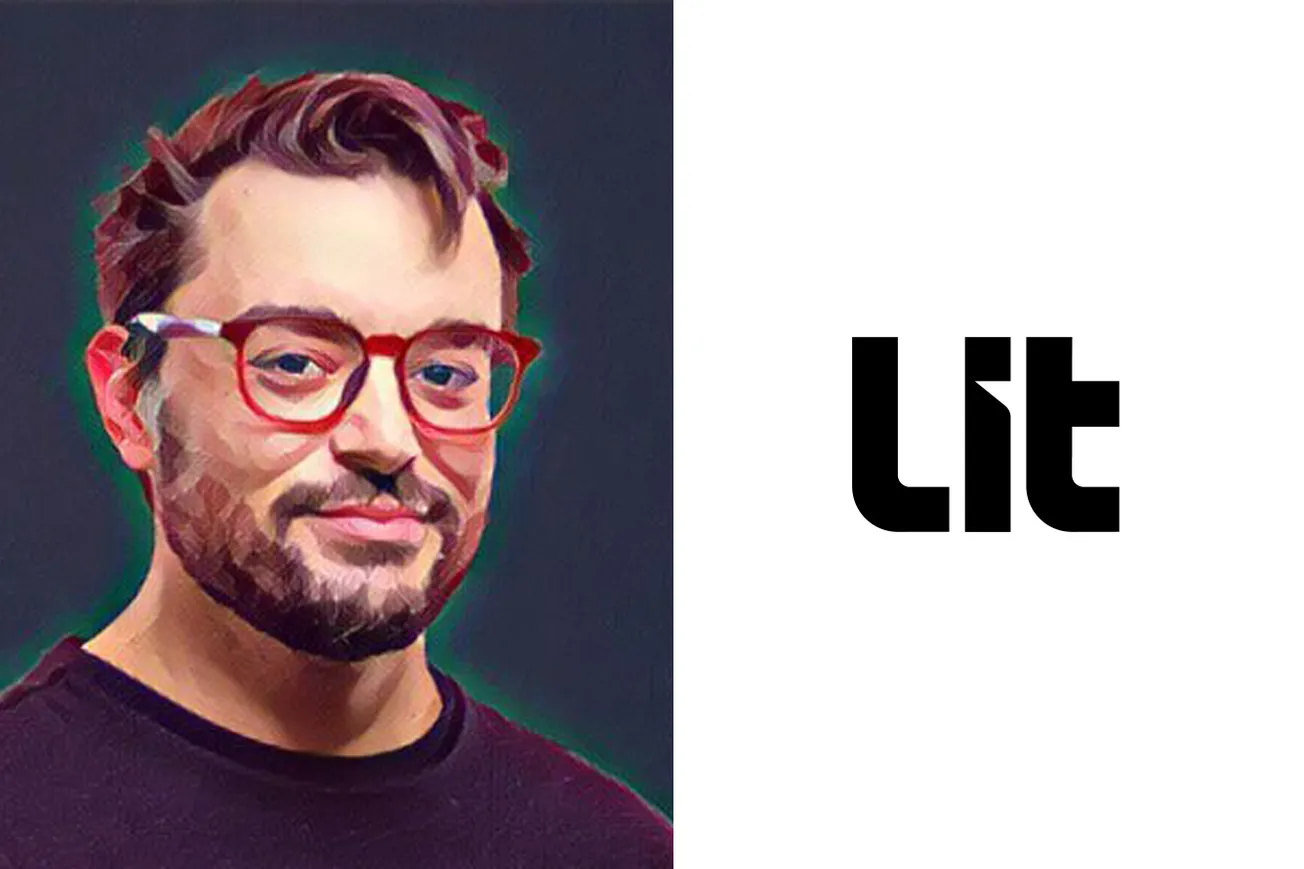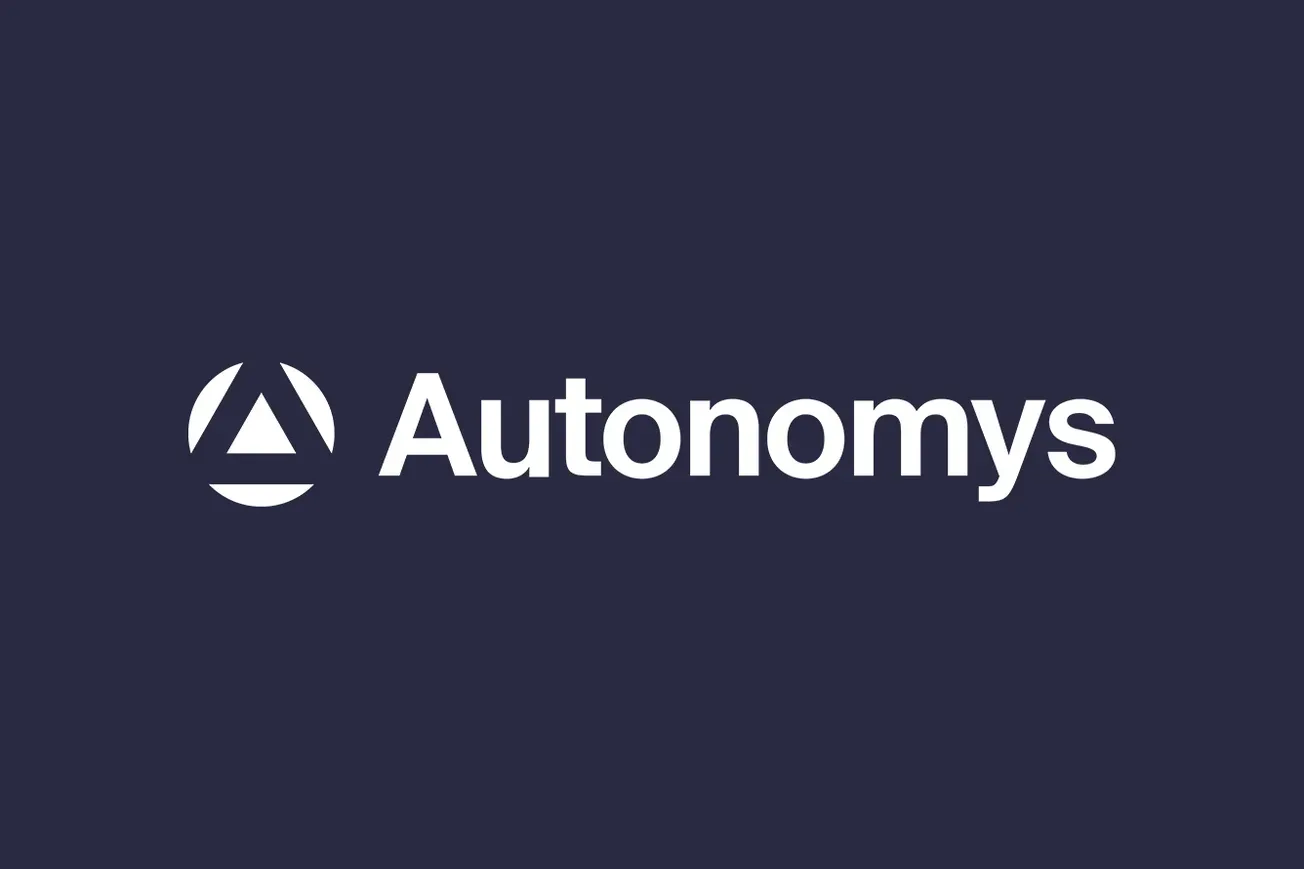Table of Contents
At The Founder, we explore groundbreaking innovations shaping the future of finance and technology. In this exclusive interview, we sit down with Nadine Gisdon, Head of Sales at Obligate, to discuss their latest collaboration with Archax and how their blockchain-based capital markets infrastructure is transforming digital debt securities. Nadine shares her insights on the future of tokenized finance, institutional investment, and the evolving landscape of decentralized finance (DeFi).
Q. Can you share a bit about your professional journey and how you ended up in the blockchain and finance space?
I built my career in the heart of TradFi, gaining hands-on experience at UBS, BlackRock, and Credit Suisse. Across Switzerland, Singapore, Germany, and the UK, I navigated front-to-back roles, mastering the complexities of global financial markets. But I realized—my real strength lies in building, innovating, and shaping the future of finance rather than just operating within the status quo.
My deep dive into blockchain technology started in an unexpected place: academia. While pursuing my MBA in Sustainability, I analyzed the ESG impact of blockchain—uncovering its potential beyond hype. That research wasn’t just theoretical; it became the catalyst for bridging institutional finance with real-world blockchain applications.
The result? Tokenization. A game-changer that merges the efficiency of blockchain with the rigor of TradFi—and the next frontier in financial markets.
Q. What excites you the most about working at Obligate and being part of this innovative ecosystem?
The combination of speed and quality!
We’re bringing real efficiency to private credit markets, leveraging Swiss DLT law to execute sub-$100M bond issuances faster and more cost-effectively than ever before, while maintaining full regulatory compliance. This is exactly what the market needs—a seamless bridge between private market financing and professional investors.
What truly sets Obligate apart is its foundation in legal and regulatory excellence. Unlike many in the blockchain space, Obligate was built by lawyers, ensuring that processes, structures, and compliance are embedded from day one. This level of institutional discipline, which I know well from my time at e.g. BlackRock, is what makes Obligate stand out.
But we’re not just about compliance—we move like a speedboat, staying ahead of the curve in RWA tokenization. We combine the rigor of traditional finance with the innovation of blockchain, shaping the future of private credit markets. That’s what makes being part of this journey so exciting.
Q. Obligate recently announced its private debt product listings on Archax. Can you walk us through what this means for institutional investors?
Obligate’s private debt product listings on Archax mark a significant step forward for institutional investors seeking access to higher-yielding fixed-income opportunities in private markets.
Investors can seamlessly integrate tokenized private credit into their portfolios, benefiting from predictable returns and diversification. These products are accessible directly through the Archax platform and custody solution, ensuring a secure and fully regulated investment experience.
Having Archax as a UK-regulated partner adds a critical layer of trust and infrastructure to the space, particularly in on/off-ramping and custody services. This collaboration is a testament to the maturing digital asset ecosystem, where institutional-grade solutions are making private market investments more efficient and accessible.
By combining Obligate’s expertise in tokenized private debt with Archax’s institutional-grade payment and custody infrastructure, we are providing investors with a streamlined, compliant, and frictionless entry point into the evolving world of digital private market assets.
Q. What are some of the biggest challenges in bringing traditional capital markets on-chain, and how is Obligate addressing them?
Trust and education. Obligate is addressing these challenges through a combination of institutional-grade infrastructure and industry engagement.
We have built a robust and efficient infrastructure, underpinned by a state-of-the-art legal framework, which is also available as a white-label solution for industry partners and institutional clients. Our proven track record and the successful execution of dozens of transactions on our platform have established trust among market participants. This is further reinforced by our expanding network of institutional clients, including asset management arms of leading crypto exchanges and integrations with Swiss-regulated banks.
Beyond infrastructure, education remains a fundamental priority. We actively engage the industry through conferences, workshops, webinars, and thought leadership initiatives, ensuring that institutional investors and market participants gain the necessary knowledge and confidence to embrace on-chain financial products.
Q. With the rise of tokenized assets, how do you see digital debt securities evolving in the next five years?
The digital bond market is experiencing rapid expansion, currently valued at approximately €3 billion in 2024, reflecting a 260% year-over-year increase. Projections suggest this market could grow to €10 billion by 2025 and reach €35-40 billion by 2026, driven by institutional adoption and the tokenization of diverse debt instruments (DESK 2025).
Platforms like Obligate play a pivotal role in this transformation by providing the infrastructure needed to issue, manage, and automate digital debt securities. Our emphasis on efficiency, transparency, and compliance is key to scaling adoption among both borrowers and institutional investors.
One of the main challenges I see today is the limited development of regulated secondary markets with sufficient liquidity for digital debt securities. However, platforms such as 21X, Rulematch, and Archax are actively working to bridge this gap. Over the next five years, we expect significant advancements in secondary market infrastructure, further solidifying digital assets as a mainstream investment class within institutional finance.
Q. Obligate has integrated collateralized bonds into its platform. How does this feature enhance security for investors?
Collateralized bonds are backed by assets (e.g. real world assets or crypto assets) that serve as security for the investors. This means that if the issuer defaults on their debt obligations, investors have a claim on the collateral to recover their investment. This significantly reduces the risk of losing their entire investment.
Beyond asset backing, Obligates blockchain technology ensures full transparency throughout the bond’s lifecycle. All product-related information, including collateral details, is recorded on-chain, allowing investors to independently verify both the existence and value of the collateral at any time.
The immutability of blockchain further strengthens investor protection by ensuring that collateralization records cannot be altered or manipulated. This creates an auditable, tamper-proof record, providing a verifiable security framework that enhances trust and risk management in digital bond markets.
Q. As someone deeply involved in blockchain-based finance, what advice would you give to institutions looking to explore this space?
Firstly, blockchain is a strategic enabler, not a one-size-fits-all solution. Institutions must define clear objectives—whether to enhance liquidity, reduce settlement times, access new asset classes, or improve efficiencies—to develop a targeted blockchain strategy that delivers real value.
Secondly, with the rapidly evolving regulatory landscape, working closely with legal teams and regulators is essential to ensuring compliance with frameworks like Swiss DLT Law, MiCA, and SEC guidance. Robust institutional governance is critical for long-term adoption.
And lastly, rather than building in-house, institutions can leverage regulated platforms such as Obligate for tokenized private debt or other RWA-focused solutions to access compliant blockchain-based financial products. Partnering with trusted infrastructure providers reduces execution risk and ensures seamless integration.
Obligate is at the forefront of bridging traditional and digital economies through blockchain-based capital markets infrastructure. As the industry continues to evolve, their approach to regulatory-compliant, on-chain debt securities is paving the way for broader institutional adoption. We thank Nadine Gisdon for sharing her insights and shedding light on the exciting opportunities ahead.










